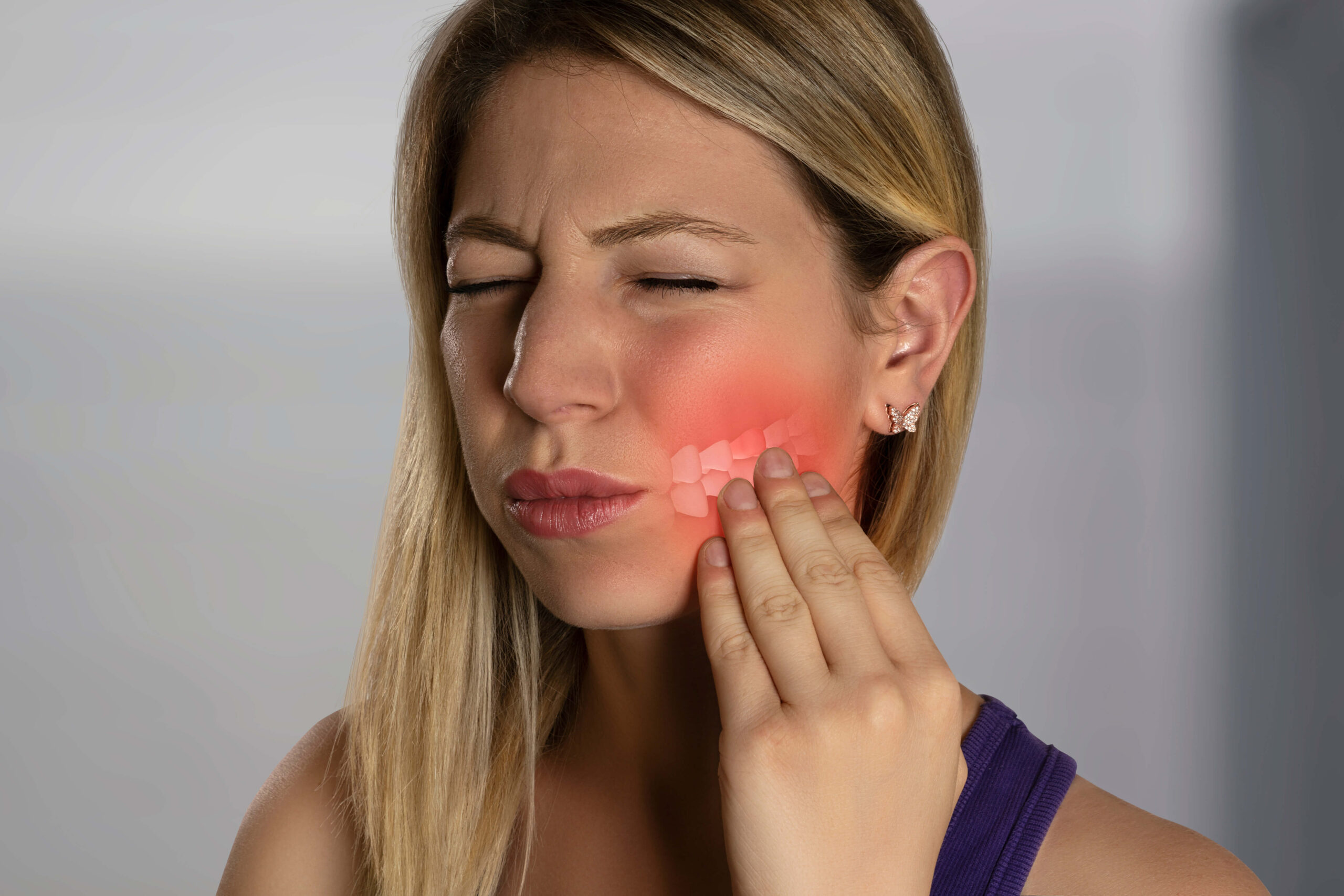Emergencies can strike at any time, and being equipped with knowledge and first aid tips for common dental issues at home is invaluable. This chapter provides essential guidance on handling dental emergencies, empowering individuals to take immediate action and recognizing when professional assistance is crucial.
Common Dental Emergencies and First Aid Tips:
1. Toothache:
Rinse the mouth with warm water and gently floss to remove any debris. If pain persists, avoid placing aspirin directly on the gum, as it may cause irritation. Over-the-counter pain relievers can be taken as directed.
2. Chipped or Broken Tooth:
Save any broken pieces and rinse the mouth with warm water. If bleeding, apply a clean gauze or cloth with gentle pressure. Use a cold compress to reduce swelling.
3. Knocked-Out Tooth:
Handle the tooth by the crown, not the root. Rinse it gently with water, but do not scrub. Attempt to reinsert it into the socket, if possible. If not, place it in a container of milk or saliva and seek immediate dental attention.
4. Lost Filling or Crown:
Avoid using glue or other adhesives not meant for oral use. Schedule a prompt dental appointment to address the issue.
5. Abscess or Gum Infection:
Rinse the mouth with warm saltwater. Use a cold compress on the affected area to alleviate pain and swelling. Seek immediate professional help, as dental infections can be serious.
6. Object Caught Between Teeth:
Gently try to remove the object with dental floss. Avoid using sharp objects that may cause injury. If unsuccessful, consult a dentist for safe removal.
7. Bitten Lip or Tongue:
Clean the area with a cloth and apply a cold compress to reduce swelling. If bleeding persists, use gentle pressure with a clean gauze. If severe, seek medical attention.
8. Jaw Injury:
If there is swelling, apply a cold compress. Secure the jaw using a bandage or tie. Visit the emergency room immediately for assessment and treatment.
Knowing When to Seek Professional Assistance:
1. Severe Pain or Bleeding:
Persistent and severe pain or uncontrolled bleeding warrants immediate professional attention. These symptoms may indicate a serious underlying issue.
2. Swelling and Infection:
Swelling, especially if accompanied by fever and difficulty breathing or swallowing, may indicate an infection. Urgent dental care is essential to prevent the spread of infection.
3. Trauma to the Head or Face:
Any trauma to the head or face, even if there are no visible oral injuries, requires immediate medical evaluation to rule out potential complications.
4. Sudden Changes in Oral Health:
Any sudden and unexplained changes in oral health, such as lumps, bumps, or persistent sores, should be promptly evaluated by a dental professional.
5. Difficulty Breathing or Swallowing:
If a dental emergency results in difficulty breathing or swallowing, seek emergency medical assistance immediately.
Having the knowledge to address common dental emergencies at home empowers individuals to take swift and appropriate action. However, it is crucial to recognize when professional dental care is necessary to ensure the best possible outcomes for oral health and overall well-being.



